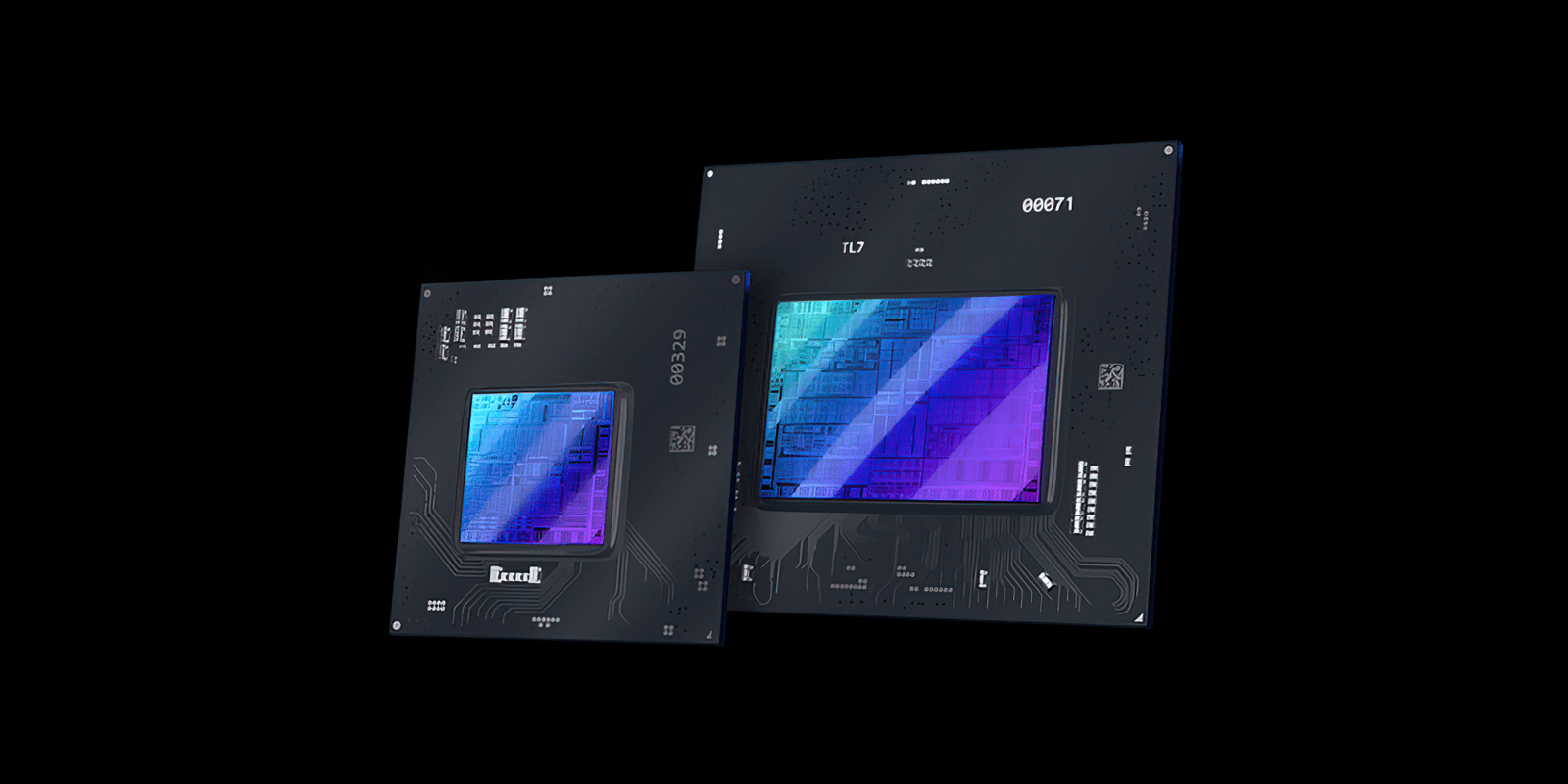A slide that outlines the performance and pricing positions of Intel Xe / Arc graphics cards built on DG2 (Discrete Graphics 2 – the successor to DG1, the obscure GPU that didn’t catch on in notebooks or desktops):
First of all, it is worth noting that the author of the slide somewhat mixed the data in relation to the Radeon RX 6800 (XT). Chlíveček states “Radeon 6800 XT” (let’s not solve the missing “RX”), but 250W TDP belongs to Radeon RX 6800 (without XT). The sty for the Radeon RX 6800 is then missing. You can argue that the GeForce RTX 3070 Ti is also missing, but from the dashed frames it can be concluded that the table was created before the release of the Radeon RX 6600 XT and therefore possibly also before the release of the GeForce RTX 3070 Ti. However, the Radeon RX 6800 was in the world before the models that are not missing, so it really looks like the author was wrong and combined two products (Radeon RX 6800 XT and Radeon RX 6800) into one frame.
It is also clear that Intel expected the price of the Radeon RX 6600 XT to be $ 399, while the real MSRP is $ 379, and that the Radeon RX 6600 expected in September is called the Radeon RX 6500 XT. Prices and TDP GeForce RTX 3000 are correct.
Because the top of the blue frame (indicating Intel’s higher Xe / Arc graphics model) ends at the same level as the GeForce RTX 3070 and Radeon RX 6700 XT, it’s clear that Intel isn’t aiming higher. A group of people who some time ago spread rumors of performance at the level of the Radeon RX 6800 or above the GeForce RTX 3070 Ti, apparently fell victim to some dreamlike image.
Performance positions at the level of those competing products that have the same TDP are not bad. However, we must take into account that Intel will deploy the 6nm TSMC process with EUV lithography to manufacture its GPUs, while AMD and Nvidia use only immersion lithography (7nm and 8nm process) for the current generation.
Leaving aside the approximately eight-month period during which Intel’s products will stand against the current offer of AMD and Nvidia, it will eventually be a competitor of the 5nm and 6nm products of the mentioned pair of companies. However, the performance of Intel’s top model will be very well below the lowest 5nm models of the AMD and Nvidia generation. It will be an alternative to the products that AMD and Nvidia had offered 12-18 months earlier.
These innovations cannot be viewed as products that could improve the availability of graphics cards. They will be created on TSMC lines as well as AMD and Nvidia products. Whether we divide the cake into two halves or three thirds, we eat the same from it. Xe / Arc would make sense in this regard if Intel manufactured it in its own factories on the fourth generation 10nm process aka Intel 7. This could be plus or minus the equivalent of 6nm EUV produced by TSMC and at the same time additional capacity to supply the graphics market. However, the plans are different.
–



